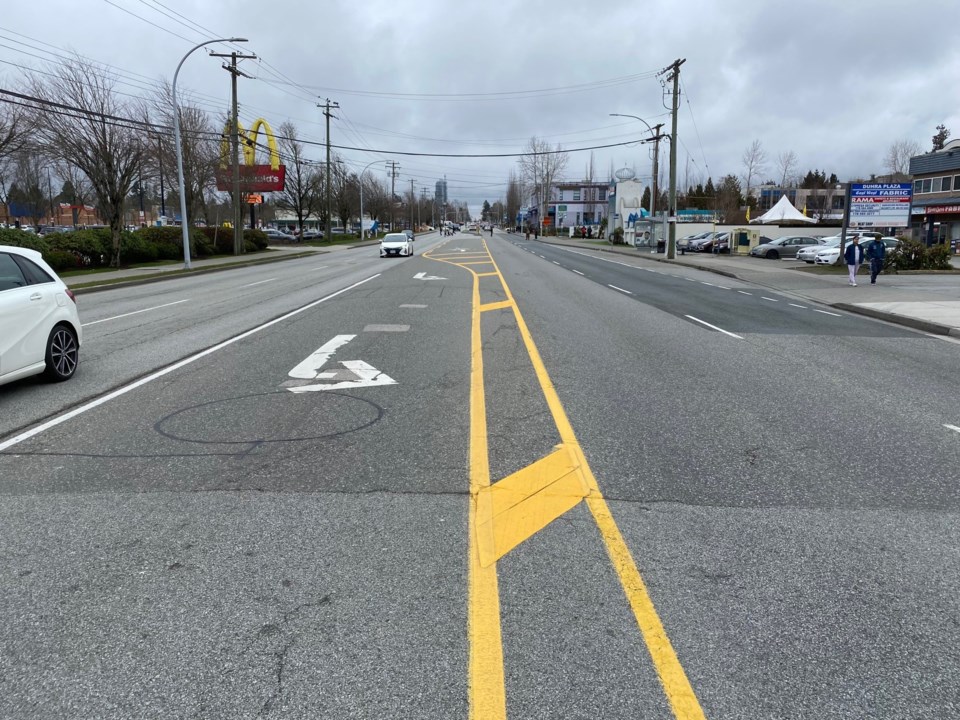The provincial government last week announced proposed new legislation aimed at having more homes near transit hubs, something the City of Delta has already been eying for the busy Scott Road corridor.
The proposed legislation will require municipalities to designate Transit Oriented Development Areas (TOD Areas) near transit hubs. They are defined as land within 800 metres of a rapid transit station and within 400 metres of a bus exchange where passengers transfer from one route to another.
In the designated TOD Areas, municipalities will be required to, among other things, permit housing developments that meet provincial standards for allowable height and density, remove restrictive parking minimums and allow for parking to be determined by need and demand on a project-by-project basis.
Preliminary analysis indicates the province could see approximately 100,000 new units in TOD Areas in B.C. during the next 10 years, according to the Ministry of Housing.
A recent Delta planning department report notes the Scott Road corridor could have a new frequent transit development area designation (FTDA).
Metro Vancouver's growth management framework offers the opportunity to designate a key transit corridor as an FTDA. That designation is done through Delta's Regional Context Statement, which is required to be updated by February 2025.
“With the upcoming 2024 launch of the R6 Scott Road RapidBus, there is an opportunity to establish a new FTDA, providing a signal to the regional development community that the corridor is an area for transit-oriented densities, providing a geography for the use of planning tools such as reduced parking requirements or density bonusing, and making Delta eligible for increased TransLink funding for pedestrian and cycling projects within the FTDA,” the report notes.
Council last year approved a 29-storey high-rise development along Scott Road at 93A Avenue, which will have 314 residential units. Delta’s first skyscraper is the Delta Rise, a 37-storey building at 80th Avenue and Scott Road.
Other high density projects that have been approved or already constructed include sites at 75A and Scott Road, the corner of 70 Avenue and Scott Road and the 182-unit Scott & Nicholson condo complex, also near the corner of 70th Avenue and Scott Road.
Council, having approved reducing parking requirements for purpose-built rental apartments for projects along the corridor, recently approved a 291-unit condo development on 119A Street, adjacent to Scott Road.
The planning department noted the project is located within the corridor’s development permit area which aims to create a “functional transportation corridor,” which will accommodate rapid transit.
Having drawn a negative reaction from a group of North Delta residents, the city is also currently considering a mixed-use high-rise development at the Delta Shoppers on Scott Road, which would include four buildings ranging from six- to-32 storeys with a total of 877 residential units.
That application does not require a public hearing as it adheres to the current Official Community Plan (OCP). However, it doesn’t adhere to the recommendations of the Mayor’s Housing Task Force for Scott Road, which have not been formally adopted by council as official policy.
Meanwhile, a high-density development application is expected soon for the vacant North Delta Inn site.



